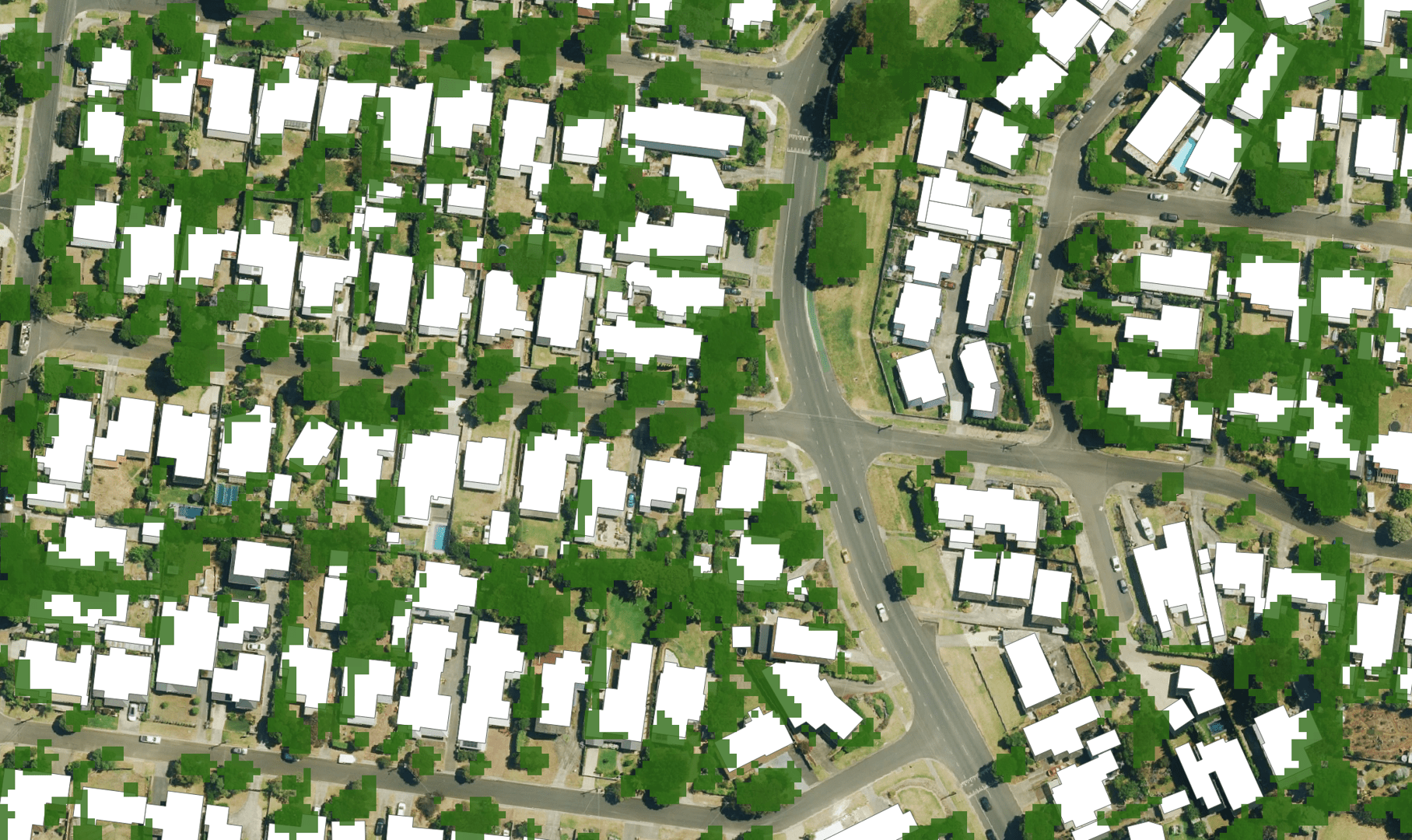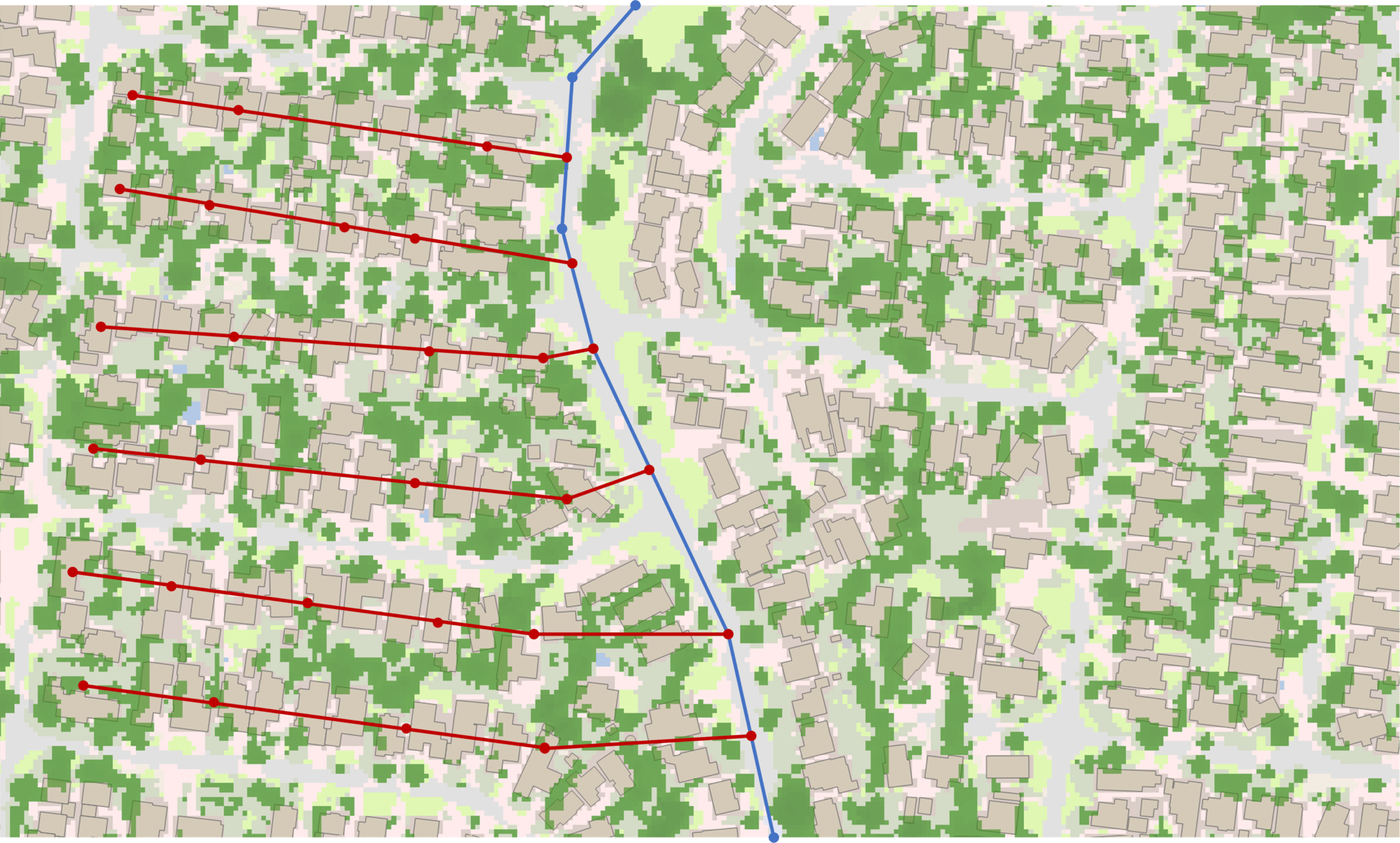Trees are important in making a city attractive, healthy, and sustainable.
They benefit the environment by improving air quality, reducing stormwater runoff and reducing radiated heat from streets. However, as beneficial as trees are, when they invade water pipes, their roots can grow around and inside the pipes, causing damage and potentially leading to complete blockage. In fact, the most destructive problem encountered in a wastewater collection system is root intrusion into sewers. With the sewage system being one of the most important components of a city’s public health assets, this issue is extremely important.
Tree roots are a common cause of wastewater pipe damage, accounting for more than half of all blockages.




